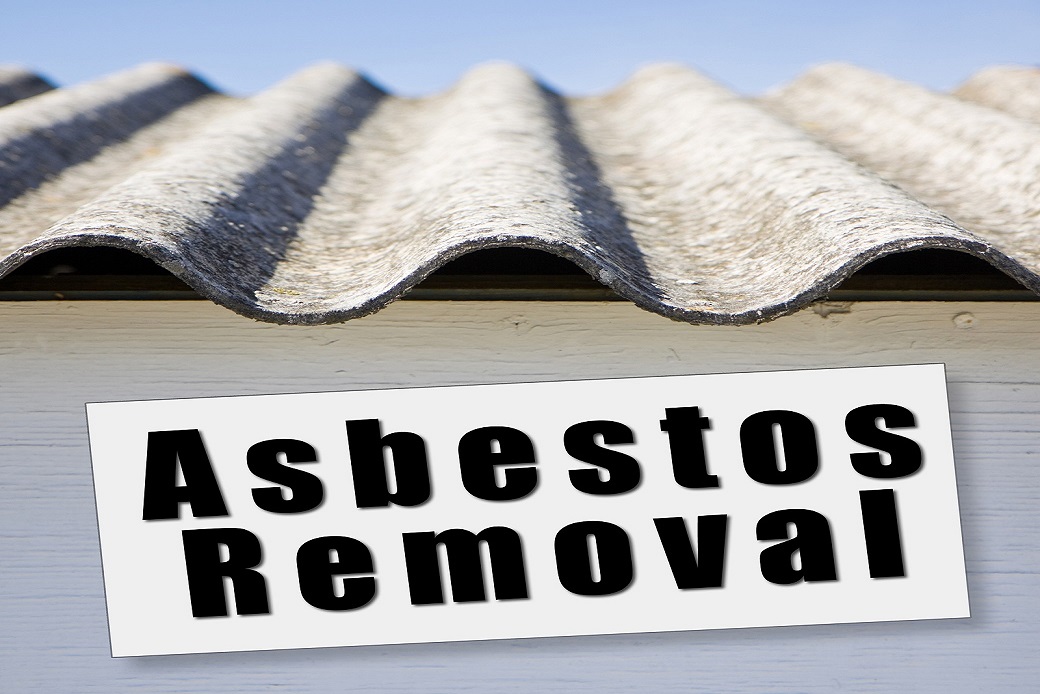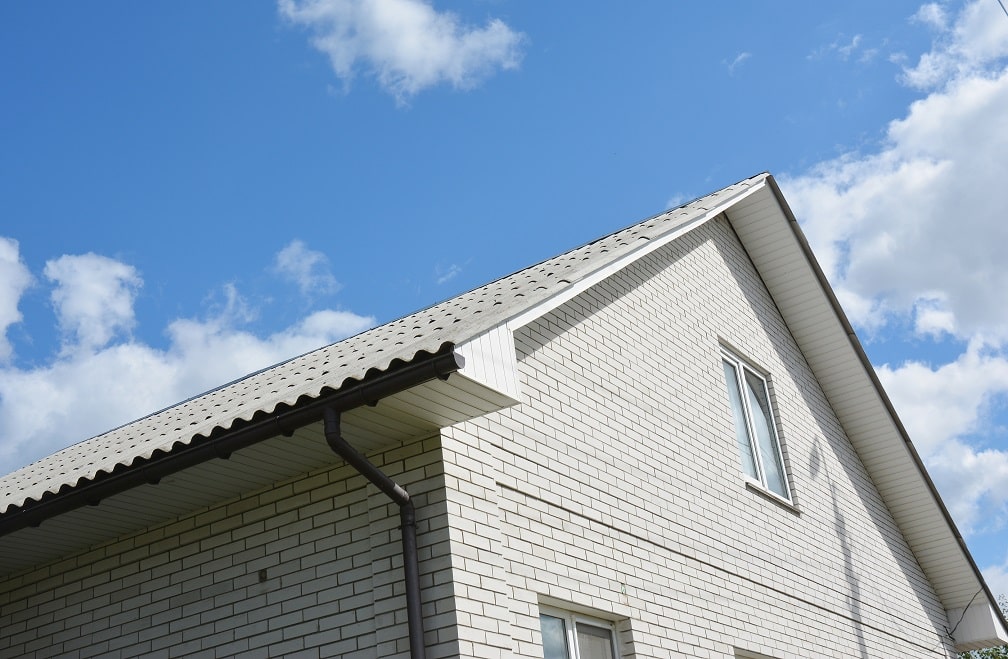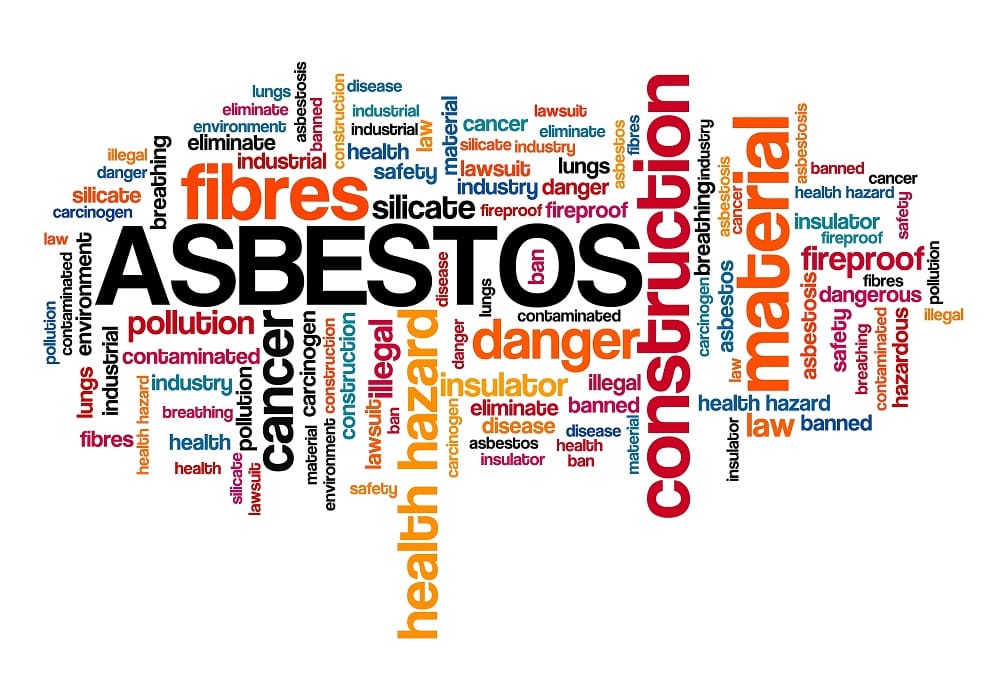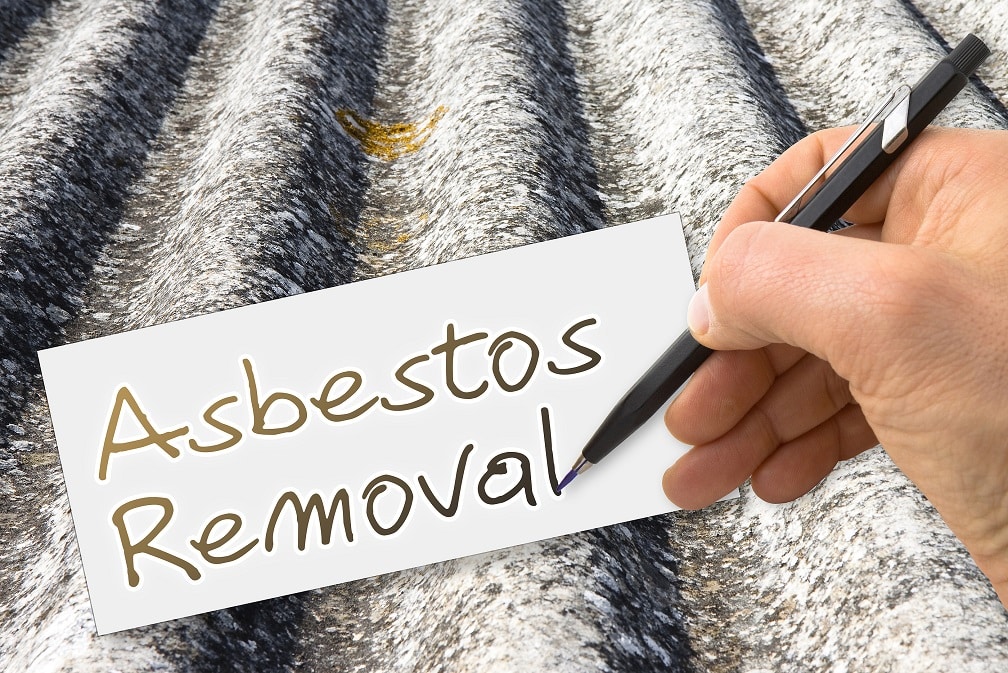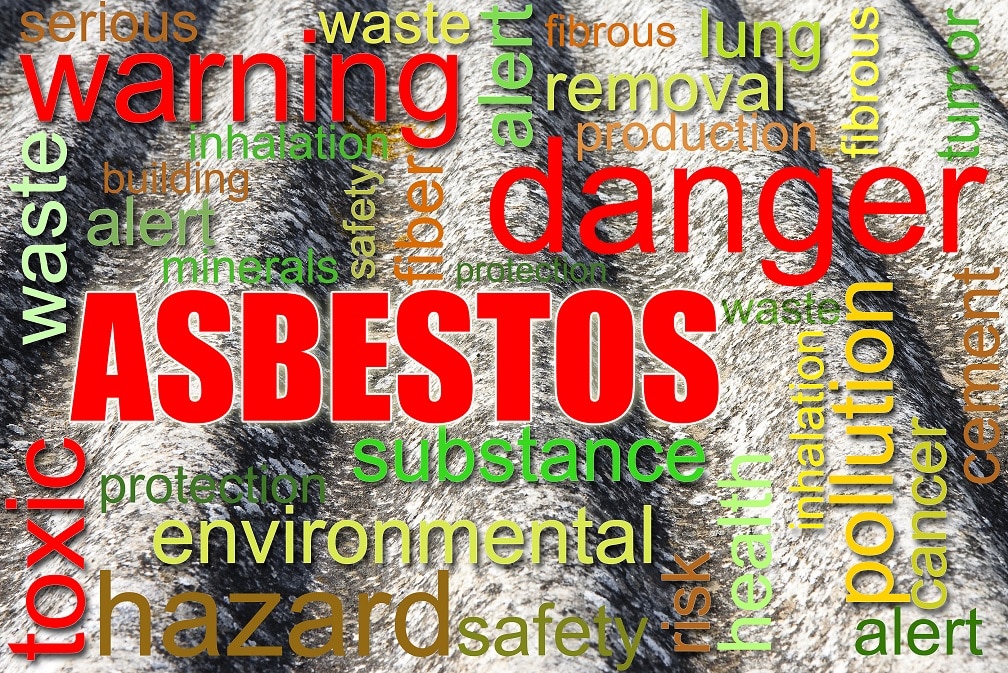Did you know that some of those essential elements, put together to provide esthetic appeal, and guarantee comfort in your space could be killing you silently? Asbestos, an integral component of insulating certain architectural fittings/ materials, has got to be top on the list of your health hazards concerns.
The worrying statistics released by WHO and other health stakeholders in the US is that most patients of Asbestosis suffered asbestos-related ailments. This was as a result of a prolonged period of exposure to asbestos duct.
How then can one identify it and prevent themselves from harm? Let’s find out from the tips below;
Lab Certified Tests
Don’t struggle to verify the presence of asbestos from the architectural products, with your bare eyes. The most accurate way to identify asbestos in building materials is by engaging a certified Lab for proper tests from samples of the same. Asbestos is mainly in the following:
- Ceiling tiles
- Dry cement
- Underground steam cement water pipes
- Spray-on insulation
- Textured paint
- Floor tiles
NIS (National Institute for Standards) does well to provide a lead to excellent Laboratories. A PLM (Polarized Light Microscopy) and TEM (Transmission Electron Microscopy) test will guarantee legit results. Please visit the Certified Labs web link for more such leads.
Look out for friability of asbestos-containing materials
All asbestos-insulated building materials should be designed in such a way that they are not easily worn out. This is due to possible tension, friction or abrasion depending on the purpose it serves in the building. The loose fiber that disintegrates from the asbestos-lined building material due to activity means the release of toxins into the atmosphere.
Identification of asbestos from sample tests may prompt you to take significant steps, such as refurbishing. That can, however prove to be a top dollar affair. How about making a regular inspection of the asbestos insulated materials around your space? This will help with the identification of the affected parts, for timely repair and safety.
Asbestosis symptoms
Not everybody is well acquainted with the dynamics, matters construction materials, and their safety. That said, one might miss the signs of the presence of asbestos integrated materials around their residential or work of place for a long time. The long term effects of inhalation on your body, may surface inform of inflammation of the lungs and may further develop to a condition known as Asbestosis. If you happen to experience the following symptoms, you have likely inhaled asbestos duct that may have caused your contacting of Asbestosis;
- Clubbed fingertips; According to a case study done by London Pneumoconiosis Medical Panel, victims of asbestos poisoning develop clubbed fingers at an advanced stage. This is usually associated with low blood supply at the body peripherals like the fingers limited by poor breathing.
- Persistent dry cough; this is a normal reaction to an agent from the environment that irritates the breathing process. The persistence of the cough should serve as a red flag of the possible presence of asbestos around the environment in which we operate.
- Skin damages; Look out for constant skin irritation, very stiff warts, hives
- Shortness of breath; Regular inhalation of the fine fibers realized by asbestos eventually affects the lungs through inflammation and lining cavity. The effects cause Asbestosis, and pleura respectively
- Unexplainable fatigue; the toxic effect caused by asbestos poisoning to the lungs, interferes with the normal flow of oxygen, slowing down the functions of body organs.
- Chest pains; Strained breathing after exposure to loose asbestos fibers, prompts the victim to use physical force to help them in the oxygen intake. The straining causes pain on the abdominal part.
NB: In case you experience these symptoms, DO NOT conclude that you have contacted Asbestosis. Make sure to seek medical consultation from a medical specialist.
The age of your house
How old is your shelter? In the ’80s and before, there was not much awareness about the hazards around the use of asbestos housing materials. However, after rapidly emerging cases of Asbestosis and asbestos-related cancer cases, it served as a significant eye-opener. An extensive environmental survey and sample testing conclusively linked the illnesses to houses fitted with asbestos materials.
To that effect, the US Environmental Protection Agency Regulations declared the materials as unfit for humans to live around, and alternatives safer materials were recommended. They also formulated asbestos law. Any building under construction in the US is subject to asbestos law formulated to that effect. Bleach of the same attracts a hefty penalty; dollars in six-figure.
The taste and smell of drinking water
Mother Nature provides water for all! This means that every individual, from young to old, is well familiar with the taste of water. Sources of water, however, determine the taste of water beside the usual taste from natural water components. If you have extra sensitive buds, you will sense a change in the taste of contaminated water. One of the most underrated water contaminants is this slow killer, asbestos. A strange metallic taste and smell should send a signal that all is not well with your water pipe. In case you experience this, have certified technicians repair the defect as soon as possible and further treat any stored water that may have been channeled through the same pipes.
Needless to say, repair will involve testing samples of the pipe materials or the collected water to ascertain the presence of asbestos duct.
Lastly, visit a medical facility for a medical checkup.
CONCLUSION
Efficiency and comfort in our living/working environment should never be realized at the expense of your wellbeing. No doubt that asbestos poses a real threat to life. It is, therefore, crucial for every premise owner/ occupant to do a regular thorough inspection of the building materials that shelter them.
We cannot emphasize enough on the importance of engaging authorized persons in the inspection & testing process, as well as professional medical specialists in the case of symptoms such as those listed here above. Keep safe!

